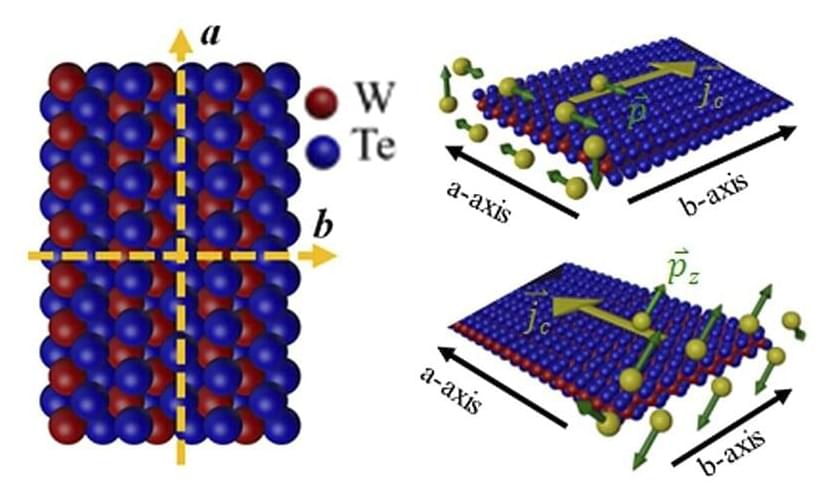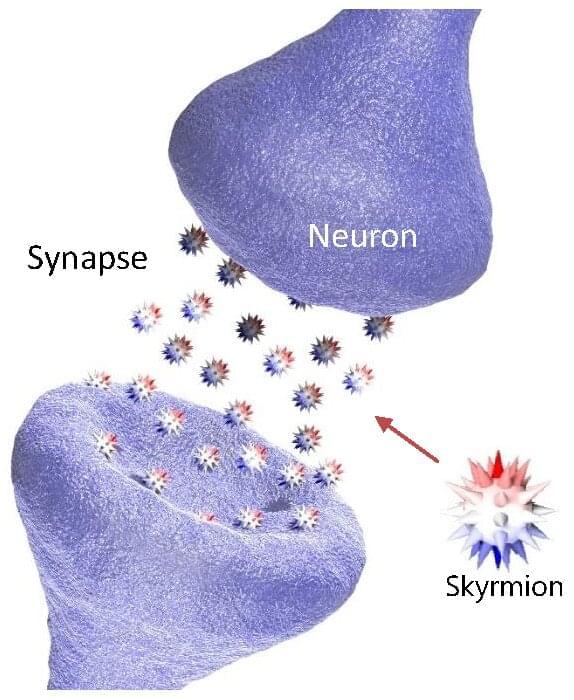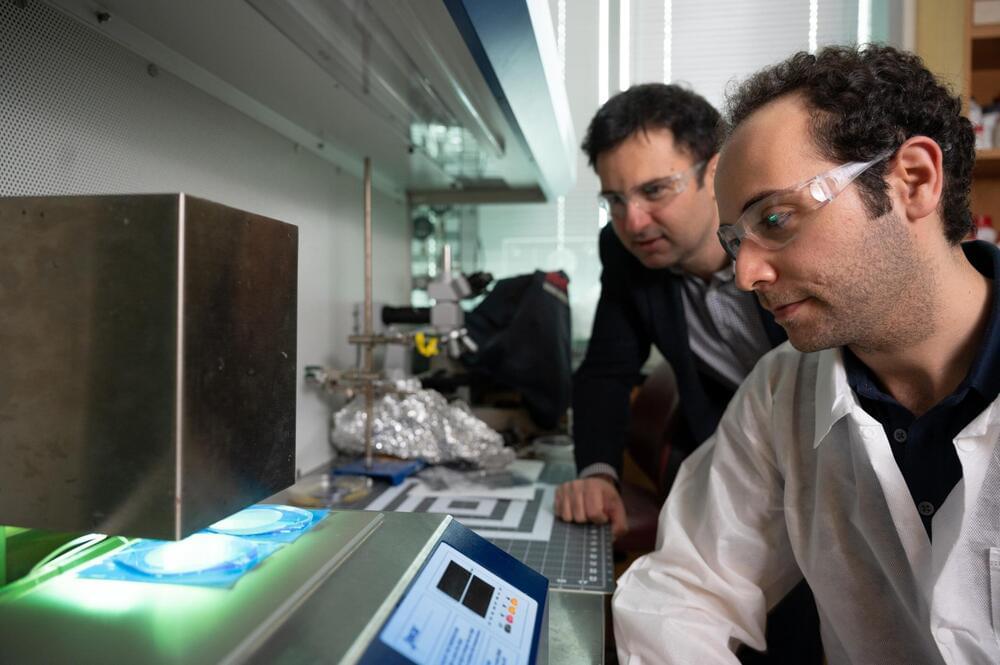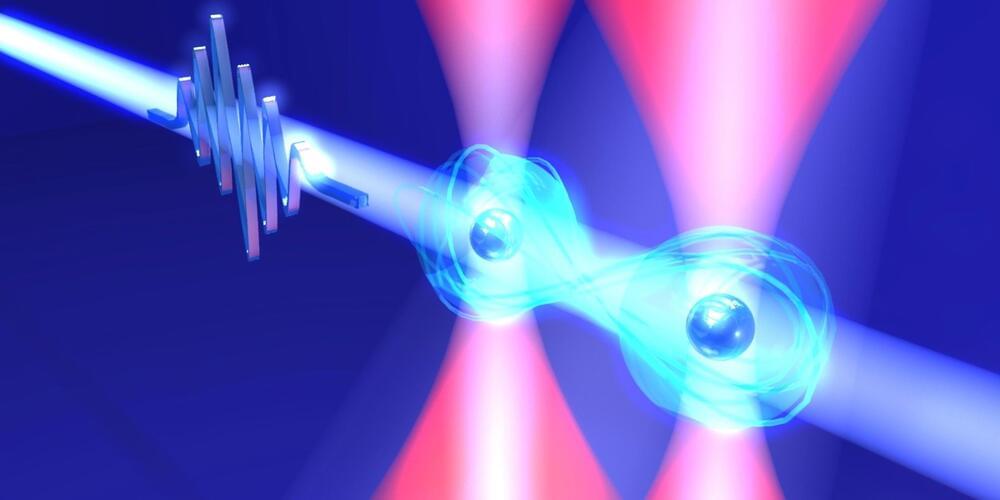When Carnegie Mellon University doctoral candidates I-Hsuan Kao and Ryan Muzzio started working together a switch flicked on. Then off.
Working in the Department of Physics’ Lab for Investigating Quantum Materials, Interfaces and Devices (LIQUID) Group, Kao, Muzzio and other research partners were able to show proof of concept that running an electrical current through a novel two-dimensional material could control the magnetic state of a neighboring magnetic material without the need of applying an external magnetic field.
The groundbreaking work, which was published in Nature Materials in June and has a related patent pending, has potential applications for data storage in consumer products such as digital cameras, smartphones and laptops.








